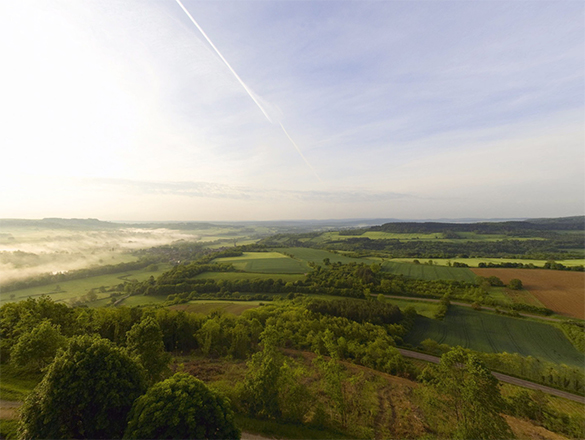

The vineyards of Bourgogne produce some great wines with a historical and international reputation. However, the region is not simply limited to its iconic appellations. In addition to its Village Premier Cru and Grand Cru AOCs, it also produces a range of wonderful Régionale and Village appellations to explore.
You will also find a full list of the Bourgogne’s Climats and lieux-dits on this page.
Check out the complete list of the 84 Bourgogne appellations.
However, your exploration has only just begun. Bourgogne wines have never before offered such high quality. Besides our range of internationally celebrated wines, try some of our lesser-known appellations where there are lots of surprises in store.
And for a fun way to find out more about the wines on offer, try out our “Which Bourgogne wine is right for me?” quiz, or check out Bourgogne Maps to take an interactive tour of the region.
Appellation Village
VIGNOBLES DE CHABLIS ET DU GRAND AUXERROIS
22 novembre 2011
White wines from the Chardonnay grape
Area under production*:
1 hectare = 10,000 m² = 24 ouvrées
70.92 ha.
* in 2018
Appellation Village of the Vézelay wine-growing region (Yonne).
The Village AOC “Vézelay”, created in 2017, is for still white wines produced within a specified area validated by the INAO, in the four villages of Vézelay, Asquins, Saint-Père, and Tharoiseau. The Vézelay appellation covers 256 hectares.

Vézelay wines are pale golden yellow in color. On the nose, they offer floral notes of acacia, grape, lemon, pear, and peach, with hints of hawthorn, grapefruit, brioche, and almond. In the mouth, the attack is supple and fruity, underscored by citrusy tension. The length is marked by a limestone and saline minerality with fresh notes of licorice and menthol.

The citrusy suppleness and vigor of these wines makes them perfect for a convivial tasting. As an aperitif or with a starter, they bring a boost to tartares, gravlax, smoked fish, and seafood. They are also great with sophisticated cold cuts, like rabbit pâté, parslied ham, and salami.
They bring a refined minerality to roasted cod, sautéed scallops, or a simple sea bream en papillote.
Some cuvées aged in oak also make a fine accompaniment to chicken in creamy sauce, pan-fried mushrooms, or fish with spicy sauces.
As for cheese, serve with goat and hard cheeses, and creamier ones such as Brillat-Savarin or Chaource.
Serving temperature: 11 to 13°C.

The vineyard of Vézelay is located on either side of the River Cure, a tributary of the Yonne. There have been vines here since Roman times, at the end of the first century AD. At its peak, in the 18th century, the vines here covered some 500 hectares, but the outbreak of phylloxera in 1884 almost wiped them out completely. By the end of the 1960s, just a couple of hectares under vine remained. But in 1973, a dozen or so willing winemakers took up the baton and Vézelay underwent a renaissance, and its reputation is now growing. Currently, there are 70 hectares planted with vines, and more than 180 hectares more available for the appellation to grow into over the coming years.

The Cure Valley is bordered to the west by a hillside notched out by a series of small parallel valleys, and characterized by a succession of large rocky outcrops, dominated by that of Vézelay. The vines face south/southeast and grow at between 190-330m above sea level. The average annual temperature is 10.7°C with average precipitation of 732mm. The subsoil is made up of marl and limestone laid down over 15 million years during the Jurassic period.
